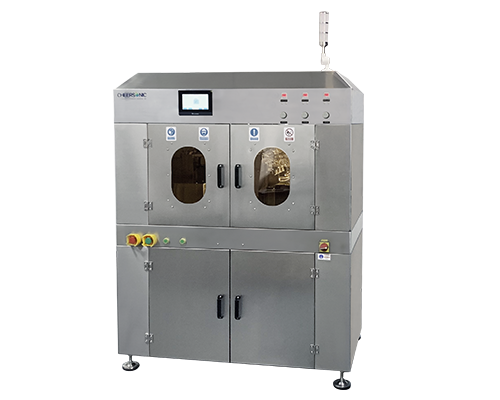Microcatheter Technology Development History
Microcatheter technology can be roughly divided into three stages:
The first stage was the embryonic stage of microcatheter endovascular treatment technology. In the late 1960s and early 1970s, Professor Djindjian from France first pioneered super-selective angiography of the external carotid artery and selective spinal angiography;
The second stage (from the 1980s to the early 21st century) was the emergence period of early interventional microcatheters. Since the 1980s, France and the United States have successively developed Magic microcatheters and Tracker microcatheters with gradually tapered front ends that can be bent at will. The advent of subtraction X-ray machines has pushed microcatheter technology forward.
The third stage (after 2005) is the period of vigorous development of coronary microcatheters. Guidewire flexibility, microcatheter application and improvement, and surgical strategy formulation have become new development directions for CTO-PCI. In 2005, Professor Ge Junbo made a preliminary attempt at reverse interventional treatment of CTO during the surgical broadcast of TCT. This case is a CTO lesion at the LM bifurcation, with good collateral circulation from the RCA to the left coronary. The guidewire cannot pass through the lesion during forward intervention. Finally, the Runthrough guide wire was sent from the RCA to the LCX in the reverse direction, and then the antegrade guide wire and the retrograde guide wire Kissing wire were successfully completed. Relevant research data published at TCT in 2009 showed that the development of reverse technology has greatly improved the success rate of CTO surgery.
At present, there are more and more microcatheter brands on the market, and microcatheter designs are also emerging in endlessly, but the overall trend is as follows:
1) Microcatheter tip tapered design – improves the ability of the microcatheter tip to pass through stenotic lesions.
2) Pre-shaping/adjustable bending of the microcatheter tip – while ensuring good passability and tracking of the microcatheter, it also improves the control of the microcatheter over the guidewire, making it easier for the guidewire to enter the target blood vessel.
3) Mixed-density braiding of the microcatheter body (dense at the proximal end, sparse at the distal end) or braided composite spring structure is more popular, paying more attention to the rotation control of the microcatheter – while the microcatheter obtains good support, it also ensures good microcatheter Bending resistance, pushability and overall flexible tracking performance of the tube body.
4) Microcatheters are developing in a more refined and specialized direction, and the situation where one microcatheter dominates the world no longer exists – to cope with different types of lesions (such as tortuous stenosis lesions, CTO lesions) and application situations (such as normal direction, reverse direction). In general, integrating design concepts such as tapered tips, pre-shaped head ends or adjustable elbow ends, and composite structural tube bodies to achieve excellent passability and maneuverability of microcatheters is a trend in the development of microcatheters in the future.
Ultrasonic spraying is particularly suitable for a variety of medical coating applications due to its fine, non-clogging, repeatable spray performance and extremely low flow rate capabilities. For several years, Hangzhou Chifei Ultrasonic has been providing ultrasonic spraying equipment to global medical equipment manufacturers. With the development of medical device technology, we will continue to design unique medical coating ultrasonic spraying solutions and provide high-quality medical device coatings on the market.
About Cheersonic
Cheersonic is the leading developer and manufacturer of ultrasonic coating systems for applying precise, thin film coatings to protect, strengthen or smooth surfaces on parts and components for the microelectronics/electronics, alternative energy, medical and industrial markets, including specialized glass applications in construction and automotive.
Our coating solutions are environmentally-friendly, efficient and highly reliable, and enable dramatic reductions in overspray, savings in raw material, water and energy usage and provide improved process repeatability, transfer efficiency, high uniformity and reduced emissions.
Chinese Website: Cheersonic Provides Professional Coating Solutions


